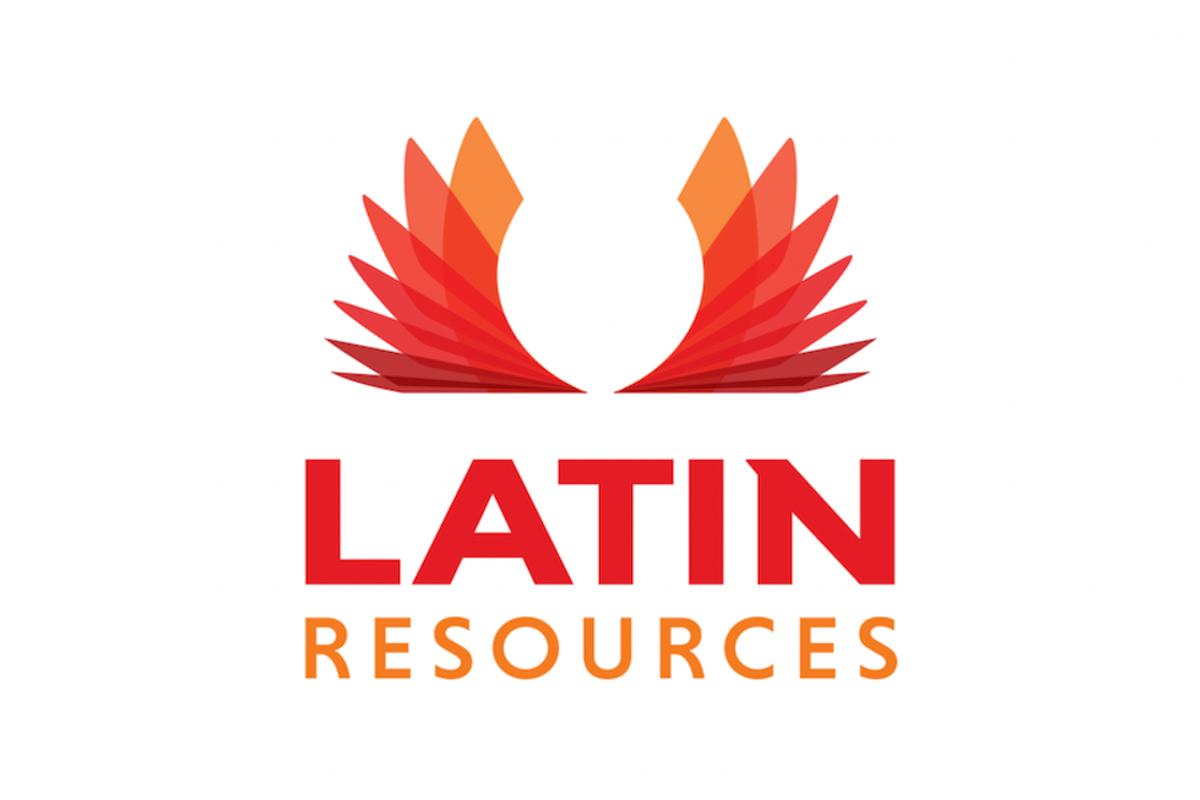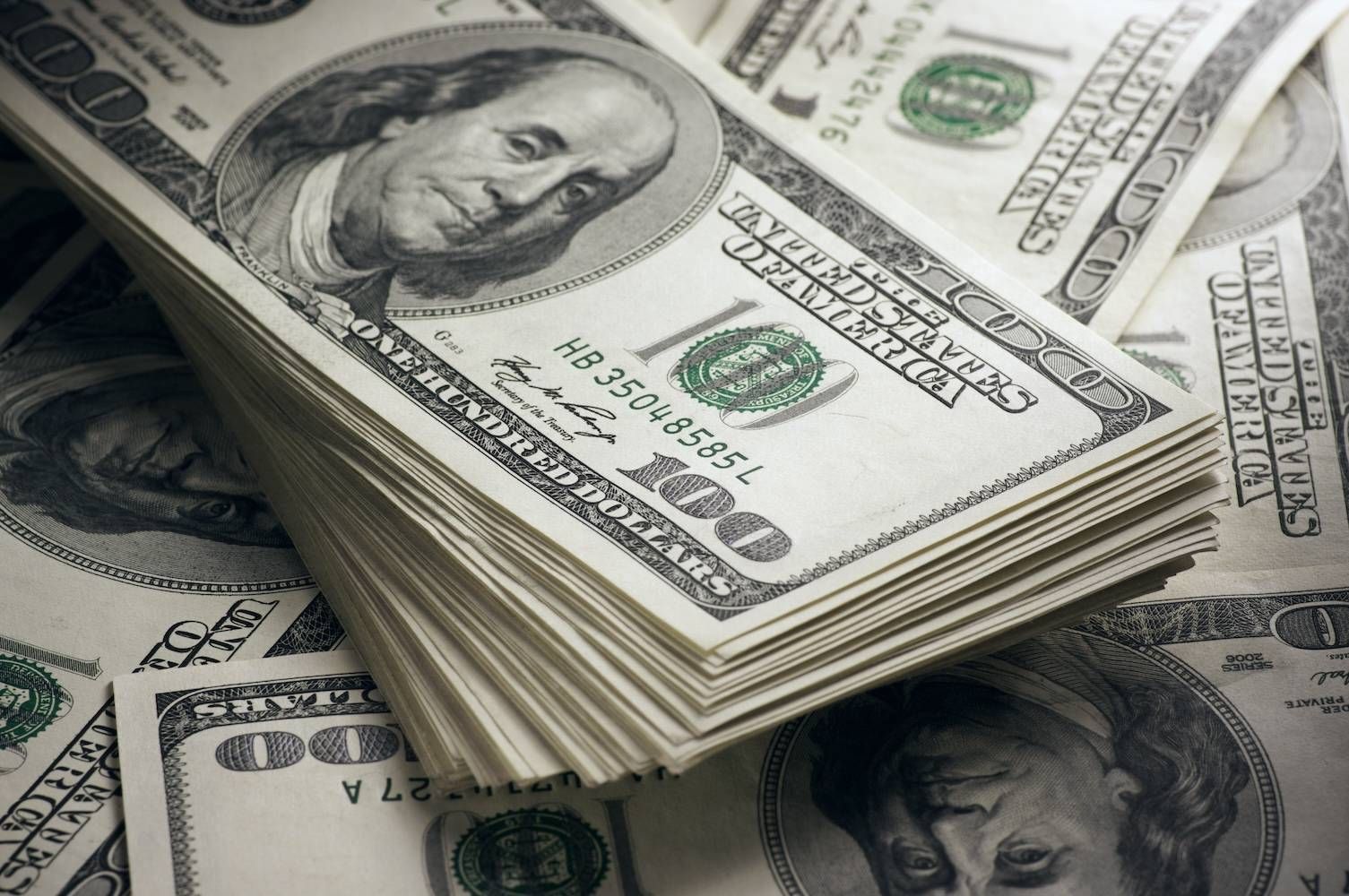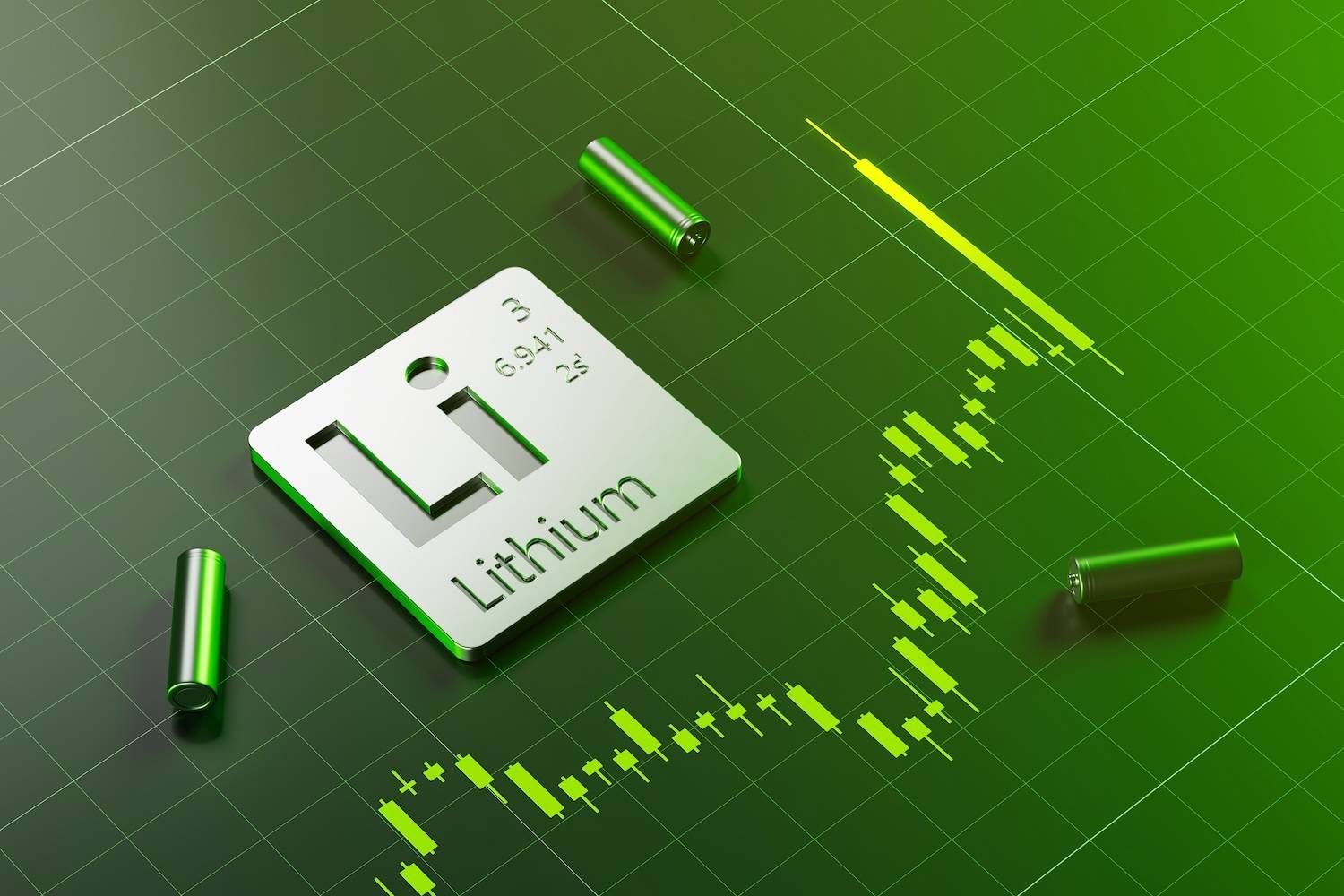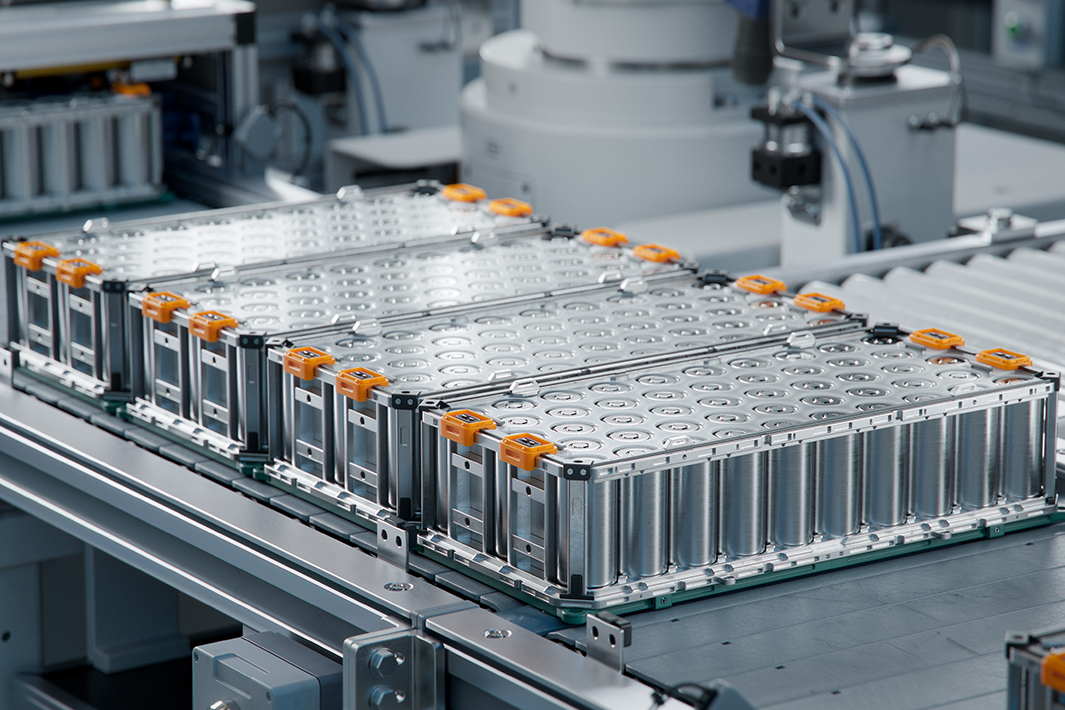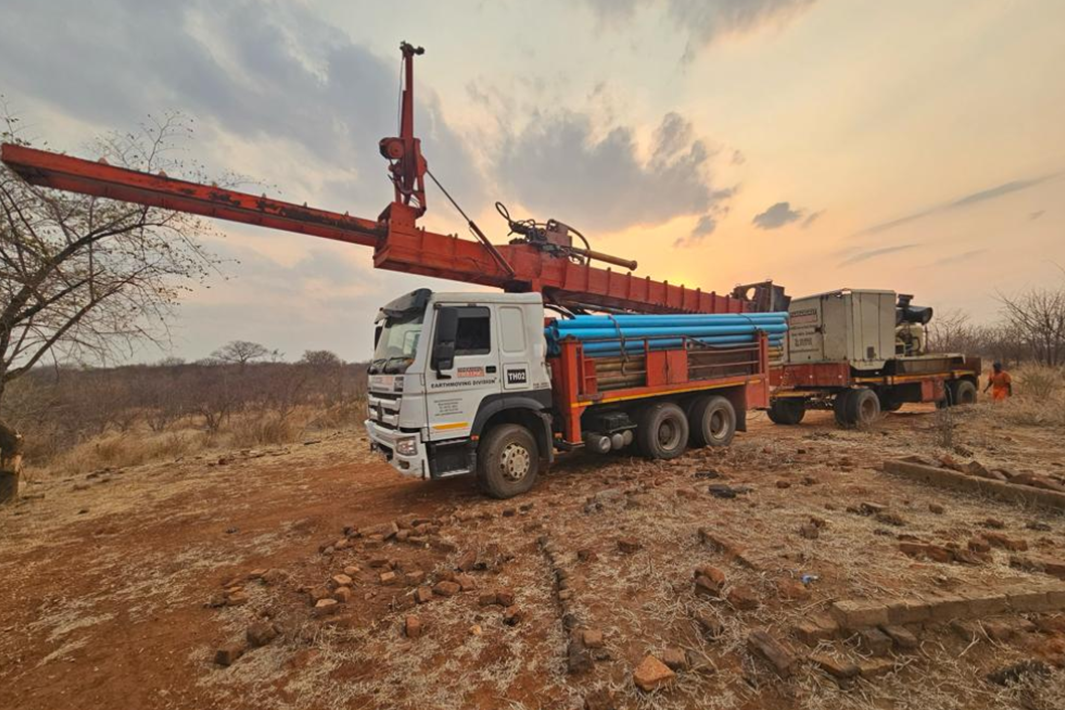
May 16, 2022
Latin Resources Limited (ASX: LRS) (“Latin” or “the Company”) is pleased to announce it has secured, through its newly created 100% wholly owned subsidiary Belo Lithium Mineracao Ltda. (“Belo”), an additional highly prospective tenement to grow the Company’s Salinas Lithium Project in Brazil (“Salinas” or the “Project”), expanding its footprint at the project to the east (Figure 1) to cover additional strike extensions of the regional prospective host stratigraphy.
HIGHLIGHTS
- Latin Resources has secured an additional strategic land holding considered highly prospective for lithium, to the east of its existing position, in the Bananal Valley district in eastern Brazil.
- The Lajinha tenement covers an area of 470 hectares over highly prospective stratigraphy, with known outcropping spodumene occurrences.
- Recent drilling on Latin’s existing tenements has confirmed the high-tenor lithium grades of the spodumene pegmatites in this region, with a peak grade of 3.22% Li2O in early drilling.
- Latin will mobilise its regional mapping team to the new tenement area to begin systematic mapping, outcrop and stream sediment sampling, and to identify potential drill sites.
- Latin’s lithium ground position has now expanded to over 6,230 hectares, with multiple drill targets defined within the prospective ‘lithium corridor’.
Latin has secured an exclusive and binding 24-month option agreement (“Option” or “Agreement”), over the new concession in the Bananal Valley (831.118/2008) from Mineracao Salinas Ltda. (the “Vendor”), whereby Latin may acquire a 100% interest in this tenement to the east of the Company’s existing Bananal Valley Project. The Lajinha tenement is highly prospective, with known outcropping spodumene bearing pegmatites, and this addition expands Latin’s strategic land package to over 6,230 hectares in the Salinas lithium corridor.
Latin Resources’ Managing Director, Chris Gale, commented
“We are very pleased to have secured the Lajinha tenement area, we continue to expand our foothold in this developing regional lithium pegmatite field. Our preliminary reconnaissance mapping and outcrop sampling of this area has confirmed the presence of spodumene pegmatites. Our regional mapping team will now complete a more systematic survey to better understand the extent of the known pegmatite system and select initial drill sites.
“With resource definition drilling underway at our main Bananal Valley area, first pass drilling underway at our Monte Alto area, first pass mapping and sampling completed at our Salinas South area; and now the initial systematic work to commence at the new Lajinha tenement - this provides the Company with a full project lithium development pipeline in the Salinas Region. Now the company has made a significant new lithium discovery, this strategic expansion approach to our exploration is critical for long-term success of developing our first maiden JORC Resource.”
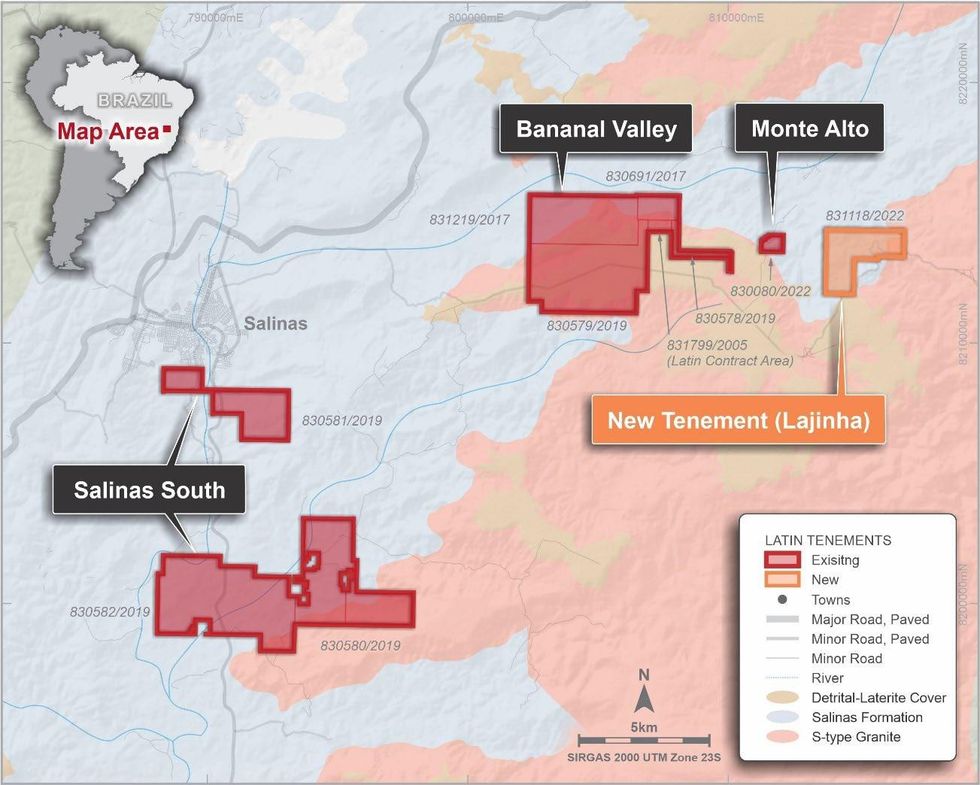
Figure 1: Salinas Lithium Project, new Lajinha tenement location - Minas Gerais District, Brazil
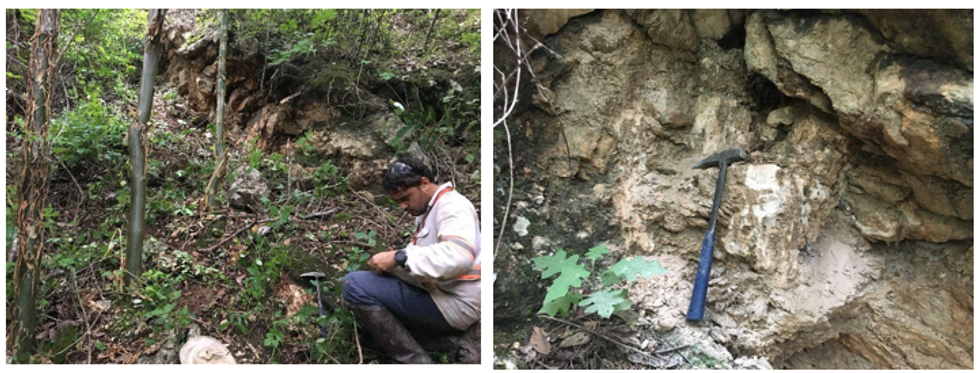
Figure 2: Preliminary reconnaissance mapping – (left), weathered spodumene in outcrop (right) at the new
Lajinha tenement - Minas Gerais District, Brazil
Click here for the full ASX Release
This article includes content from [Company Name], licensed for the purpose of publishing on Investing News Australia. This article does not constitute financial product advice. It is your responsibility to perform proper due diligence before acting upon any information provided here. Please refer to our full disclaimer here.
LRS:AU
The Conversation (0)
02 February 2022
Latin Resources
Developing mineral projects to support the global decarbonization
Developing mineral projects to support the global decarbonization Keep Reading...
29 December 2025
SQM, Codelco Seal Landmark Lithium Joint Venture in Salar de Atacama
Sociedad Quimica y Minera (SQM) (NYSE:SQM) and Codelco have finalized their long-awaited partnership, forming a new joint venture that will oversee lithium production in Chile’s Salar de Atacama through 2060.SQM announced on Saturday (December 27) that it has completed its strategic partnership... Keep Reading...
24 December 2025
Altius Minerals to Expand Portfolio with C$520 Million Lithium Royalty Deal
Altius Minerals (TSX:ALS,OTCQX:ATUSF) is making a bet on a lithium market recovery, agreeing to acquire Lithium Royalty (TSX:LIRC) in a C$520 million deal that will expand its exposure to battery metals.Under a definitive agreement announced by the two companies on Monday (December 22), Altius... Keep Reading...
23 December 2025
Liontown's First Tjiwarl Member Completes Apprenticeship at Kathleen Valley
Liontown (ASX:LTR,OTC Pink:LINRF) has reached a milestone at its Kathleen Valley operations, with Vaughan Harris becoming the first Tjiwarl community member to complete an apprenticeship with the company.“Being the first Tjiwarl apprentice to complete an apprenticeship here at Liontown feels... Keep Reading...
22 December 2025
Lithium Market 2025 Year-End Review
The global lithium market endured a bruising 2025, with persistent oversupply and softer-than-expected electric vehicle (EV) demand driving prices for the battery metal to multi-year lows.Lithium carbonate prices in North Asia slipped below US$9,550 per metric ton in February — their weakest... Keep Reading...
11 December 2025
Mining the Gap: 5 Forces Shaping North America’s Lithium Supply Chain
A convergence of industry investments, government initiatives and a shifting global trade dynamic is creating an environment ripe for the development of a North American battery supply chain, with lithium playing a leading role. These trends are reshaping the region’s industrial base and opening... Keep Reading...
10 December 2025
Rock Bottom: Strategic Window for Ground-level Lithium Investment
When lithium prices hit bottom, savvy investors know that’s exactly where the next big discovery begins — literally. Beneath the surface of global markets and remote exploration grounds, new opportunities are forming in the wake of a sharp price reset and renewed geopolitical urgency.Recent... Keep Reading...
Latest News
Interactive Chart
Latest Press Releases
Westport Announces Board of Directors Update
02 January
Related News
TOP STOCKS
American Battery4.030.24
Aion Therapeutic0.10-0.01
Cybin Corp2.140.00
